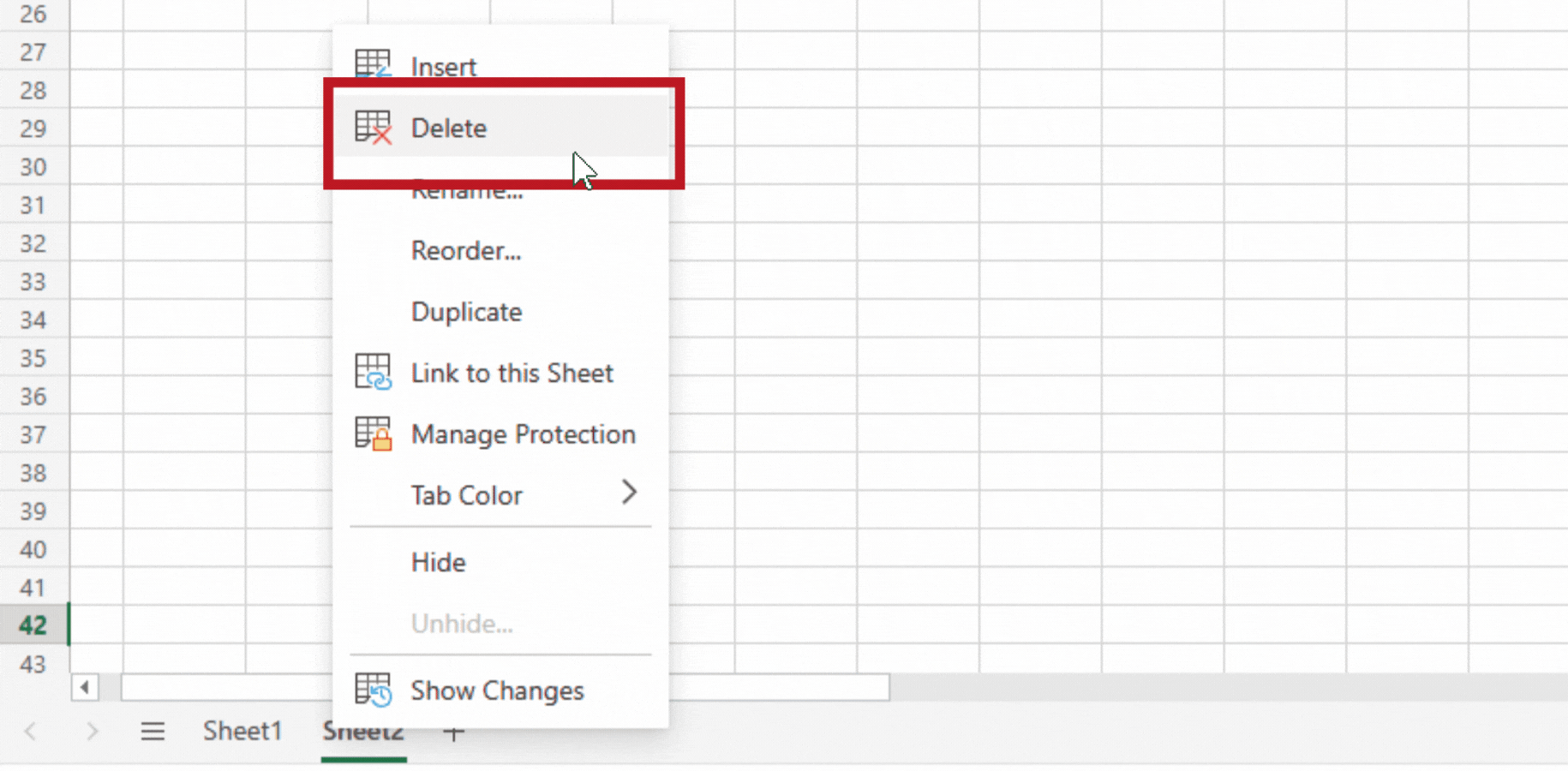How Many Sheets in Excel 2010? Surprising Facts!

Ever wondered just how many sheets you can cram into a single Excel workbook? If you're working with Microsoft Excel 2010, there's some surprising trivia and practical information waiting for you. Let's dive into the world of Excel and explore not just the limits of sheets but also some interesting facets of this powerful software tool.
The Surprising Capacity of Excel 2010


Excel 2010, part of the Microsoft Office suite, significantly improved upon its predecessors in terms of functionality and capacity. Here’s what you need to know:
- Maximum Number of Sheets: Excel 2010 can handle up to 255 sheets in a single workbook by default. This might seem ample for most users, but for those who need more, there’s a little trick.
- Workbook Structure: Each sheet in Excel is part of a workbook. You can rename sheets, add new ones, or delete them as needed, but the default setup keeps your work organized.
- Sheet Limits: While the default is 255 sheets, Excel 2010 actually allows you to go much further. With VBA (Visual Basic for Applications), you can push this limit to 2^16-1 (or 65,535 sheets).
🔍 Note: Exceeding the default limit of 255 sheets can affect the performance of Excel, especially on less powerful machines or with large datasets.
Why So Many Sheets?

- Data Organization: Organizing data across multiple sheets keeps your workbook clutter-free and structured. Different sheets can represent different categories, time periods, or types of data.
- Dynamic Linkage: Sheets can be linked together, allowing for dynamic updates. Changes in one sheet can automatically affect linked values in another, making complex calculations seamless.
- Security: Having sensitive data on separate sheets allows for better control over access permissions, especially in a corporate environment where data security is paramount.
- Historical Data: For ongoing projects or reports, historical data can be maintained on separate sheets, allowing for easy tracking over time.
| Version | Max Number of Sheets |
|---|---|
| Excel 2003 and earlier | 256 |
| Excel 2007 onwards | 255 (default), up to 65,535 with VBA |

Increasing the Limit with VBA

If you need to go beyond the default 255 sheets:
- Enable Developer Tab: Go to File > Options > Customize Ribbon, then check “Developer” in the list.
- Create VBA Script: Open the VBA editor from the Developer Tab, insert a new module, and input the following code:
Sub IncreaseSheetLimit() Dim i As Long For i = 256 To 65535 Worksheets.Add After:=Worksheets(Worksheets.Count) If i Mod 100 = 0 Then DoEvents Next i End Sub - Run the Script: Execute this macro to add sheets beyond the default limit.
🔧 Note: Running this script can be time-consuming and requires patience, especially for a large number of sheets.
Best Practices for Managing Multiple Sheets

- Consistent Naming: Use a uniform naming convention for sheets to make navigation easier.
- Color Coding: Apply color to tab backgrounds to quickly differentiate between sheet types or data categories.
- Use of Navigation: Create an index or a dashboard sheet to link to different parts of your workbook.
- Formulas and References: Use formulas like
VLOOKUPorINDEX MATCHto reference data across sheets efficiently. - Protect Sheets: Protect sheets with sensitive data to prevent accidental changes or unauthorized access.
What Does This Mean for You?

Understanding the sheet limits in Excel 2010 can significantly improve how you manage data. Here are some final thoughts:
- Excel’s capacity to handle sheets offers flexibility for intricate data management tasks.
- Advanced users can benefit from VBA to push limits, but this comes with performance considerations.
- Effective organization of sheets enhances both productivity and data integrity.
With Excel 2010, your data organization and analysis capabilities can reach new heights. Whether you're tracking finances, conducting research, or managing large inventories, knowing how to effectively use multiple sheets can transform your approach to data management. By adhering to best practices and understanding the software's limitations, you'll ensure your workbooks remain both efficient and secure.
Can I increase the number of sheets in Excel 2010 beyond the default limit?

+
Yes, you can use VBA to increase the number of sheets up to 65,535. However, this can slow down your workbook’s performance, so use it judiciously.
Why would someone need so many sheets in a workbook?

+
For large-scale projects, financial models, or when tracking extensive data over time, having multiple sheets helps in structuring data effectively.
Does having many sheets affect Excel performance?

+
Yes, especially on less powerful machines or with large, complex data. Always consider performance when creating workbooks with numerous sheets.